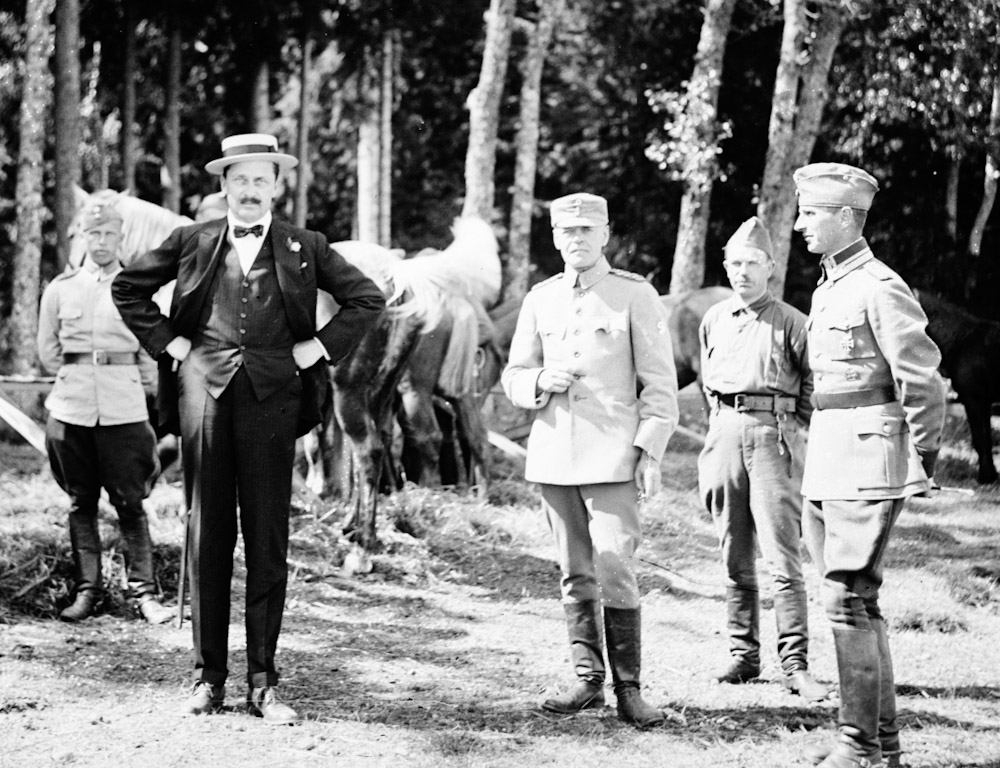
Carl Gustaf Emil Mannerheim (1867 - 1951) was a Finnish military leader and statesman. Mannerheim became the national hero of the Finns at the beginning of our independence. In 1919, Mannerheim moved his church book to Hanko, and in the winter of 1920, he rented a villa on the Great Mäntysaari, which was named Stormhälla, Storm Rock.

Mannerheim nousi suomalaisten kansallissankariksi itsenäisyytemme alkutaipaleella. Häneen henkilöityi vapautuminen Venäjän ikeen alta. Mannerheim tunsi Venäjänsä, koska hän oli ensin palvellut keisaria upseerina useilla ensimmäisen maailmansodan rintamilla, mutta siirtynyt länteen, kun bolševikit nousivat valtaan. Mannerheimissa nähtiin oman traumatisoivan sisällissotamme ratkaisija ja rauhan takaaja. Niin ikään hänen henkilökohtaisia suhteitaan Eurooppaan arvostettiin, kun pieni, itsenäisyyttä anova Suomi tarvitsi kansainvälisen tunnustuksen.
Kun vielä tämän kaiken lisäksi Mannerheim oli hahmoltaan suurta yleisöä miellyttävä, komea, jaloluonteinen, hyvä seuramies, julkiselta käytökseltään esimerkillinen ja sivistykseltään eurooppalainen par excellence, siinä olivat suoranaisen henkilökultin ainekset. Eikä ihailu rajoittunut vain suomeen, vaan ”kosmopoliitin aatelismiehen ja sankarikenraalin karismaa, ryhtiä ja jopa kävelytyyliä ihasteltiin ulkomaiden lehtiä myöten”.
Vuonna 1919 Mannerheim siirsi kirkonkirjansa Hankoon. Itsenäisyys salli Mannerheimin hakea avioeroa Suomalaisen oikeusistuimen kautta, sillä hänen vaimonsa oli muuttanut Pariisiin loppu iäkseen jo vuonna 1901, ja hänen kaksi tytärtäänkin asuivat ulkomailla. 52-vuotias Mannerheim oli vapaa mies.Talvella 1920 hän vuokrasi Suurelta Mäntysaarelta itselleen huvilan, joka sai nimekseen Stormhällan, myrskykallio. Pian sitä ryhdyttiin kunnostamaan ja laajentamaan. Arkkitehtina Jarl Eklund.
Naapurisaaressa toiminut kahvila Café Afrika tunnettiin kieltolain aikaan ”kovasta teestään”, joka virallisesti sai ”miestä väkevämmän” terästyksensä vain asiakkaiden omista taskumateista. Humalaisten meteli häiritsi Mannerheimia, joka osti kahvilan itselleen. Pettämättömän tyylivaistonsa ohjaamana Mannerheim loi kahvilasta uniikin. Jo nimi Neljän tuulen tupa on kuin säe itämaisesta runosta.
Esikuvana oli ranskalainen maalaisravintola. Pöytäliinat olivat sinivalkoruudulliset ja koristellut liljakuvioin, astiasto sinivalkoinen, tuolit oli petsattu tummiksi, ja niissä oli narusta punotut istuinosat. Kaikilla pöydillä oli pienet soittokellot, seinillä lampetit, joissa oli kaksi kynttilää, lattioilla kaislamatot ja ikkunoilla punaisia pelargonioita. Hyllyllä rivi hauskoja, talonpoikaistyylisiä fajanssiastioita, jotka oli kerätty eri puolilta Ranskaa. Tarjoilijoiden mustaan asuun kuului valkoinen, pitsikoristeinen esiliina bretagnelaiseen tapaan. Ja kuin kirsikkana kakun päällä Neljän tuulen tuvan erikoisuutena tarjoiltiin omaa kahvisekoitusta ja omalla reseptillä valmistettua kakkua.
Mannerheim nautti aamiaisensa kello 9 aina samassa nurkkapöydässä: kahvi ja kananmunavoileipä, jonka munaa oli keitetty 4,5 minuuttia. Vasta tämän jälkeen ovet avattiin asiakkaille. Illalla, sulkemisaikaan, Mannerheim palasi laskemaan kassan.1920-luku kuulostaa Mannerheimin elämässä seesteiseltä luppoajalta. Kesäpäivänsä hän aloitti mieluiten aamu-uinnilla. Hän nautti meri-ilmasta, ratsasti Neptun-nimisellä hevosellaan tai käveli mielensä mukaan. Hänen luonaan kävi Euroopan merkkihenkilöitä, joiden vieraaksi hän matkusteli itsekin. Seuranpito, taiteet, musiikki ja kirjallisuus olivat hänelle luontevaa mielenvirkistystä, ja Hangossakin hänet nähtiin useiden kulttuuritapahtumien yleisössä.
Hankolaisen ravintoloitsijan, Nixu Knichterin, entisöimän Neljän tuulen tuvan seinää koristaa edelleen Mannerheimin valokuva. Kerrotaan, että samana päivänä, kun Mannerheim kuoli 1951, taulu putosi seinältä.
Text: Sampsa Laurinen
Kuvat: Mannerheim-museon kuva-arkisto, Hangon museo. Kuvien väritys: Jussi Luostarinen. Lähteet: : Birgitta Ekström-Söderlund: Hangossa kuin ulkomailla konsanaan Hangon museon julkaisusarja no 22, 2003. Esa Lilja: Presidentinvaalit hävinnyt Mannerheim pakeni kahvilayrittäjäksi Hankoon, HS.

This story has been produced with the support of the Svenska Kulturfonden.

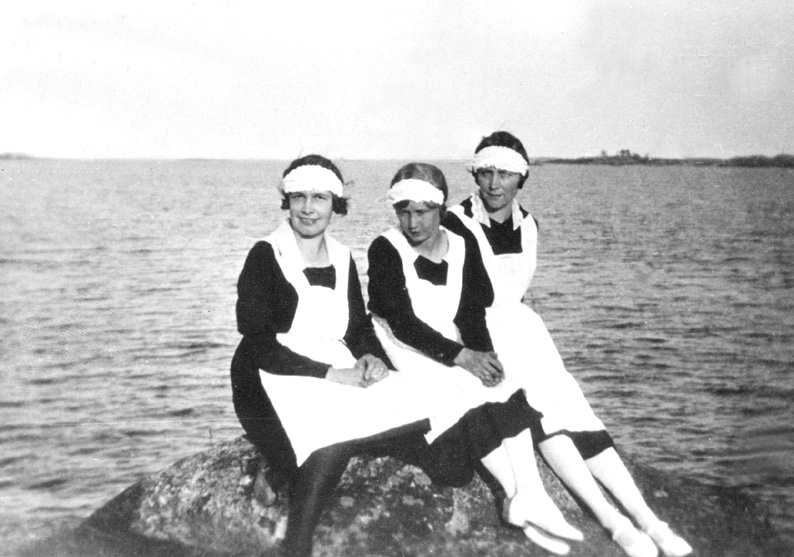
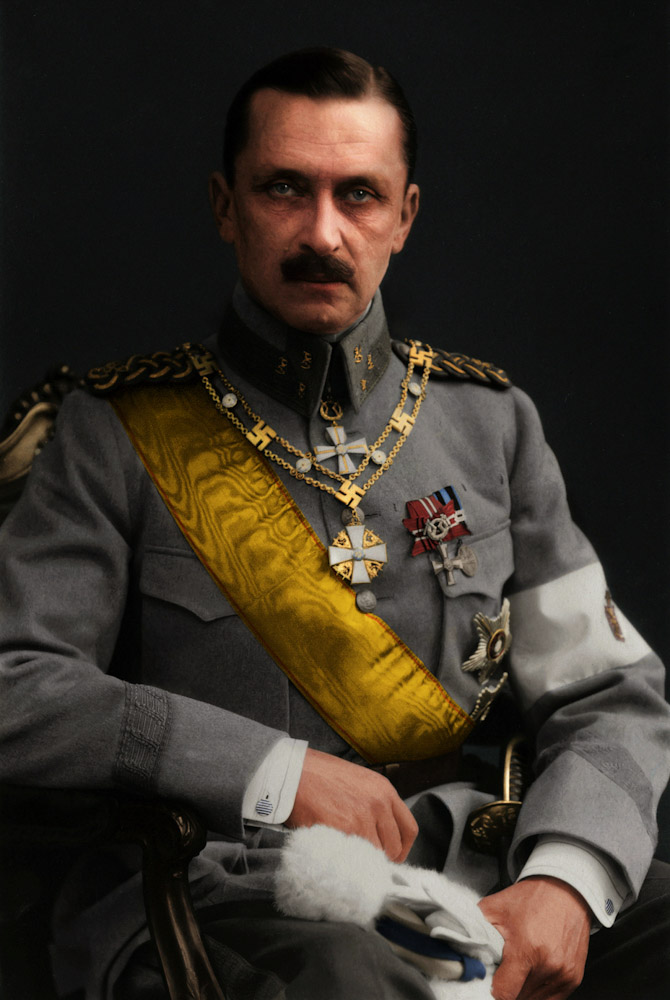
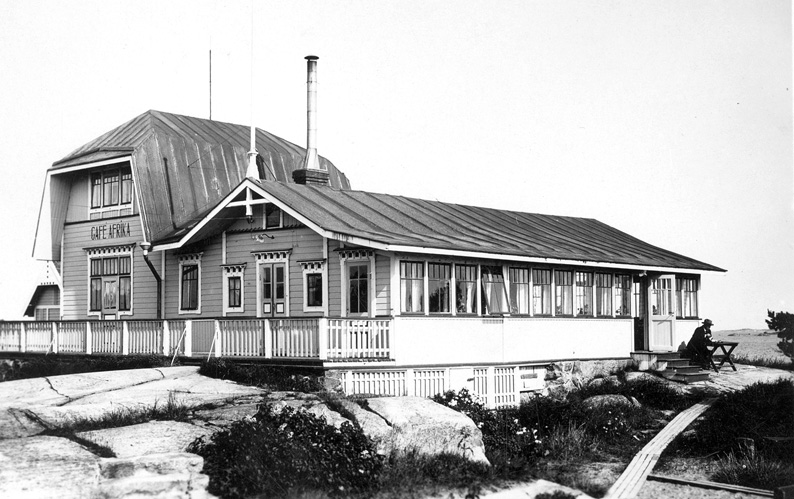
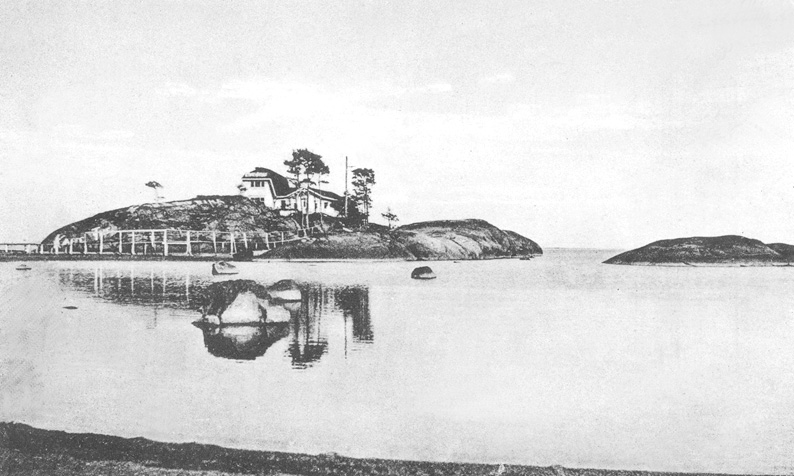
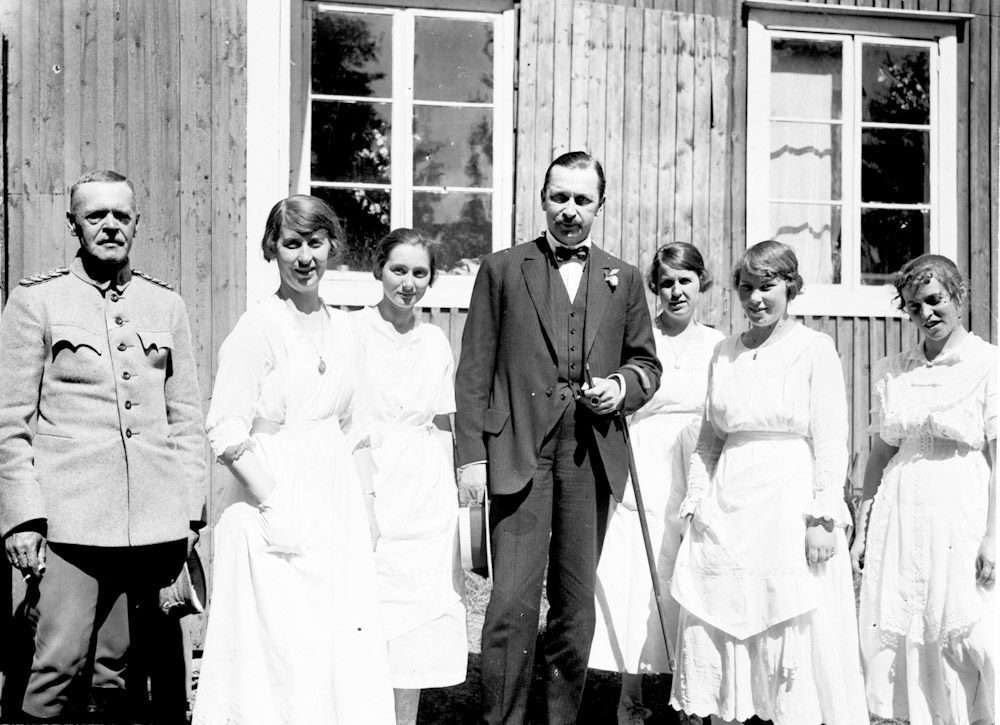
Tätä ei ole toitotettu muissa medioissa.